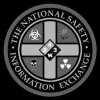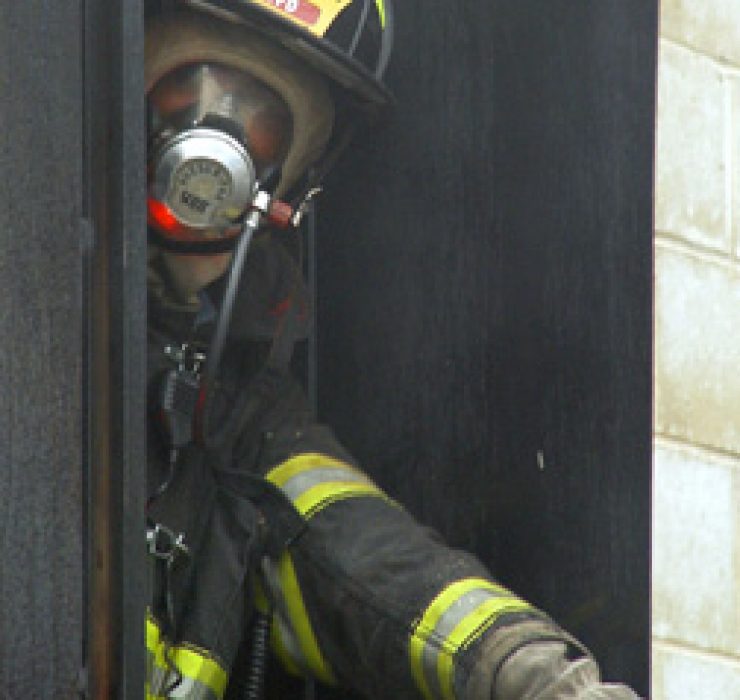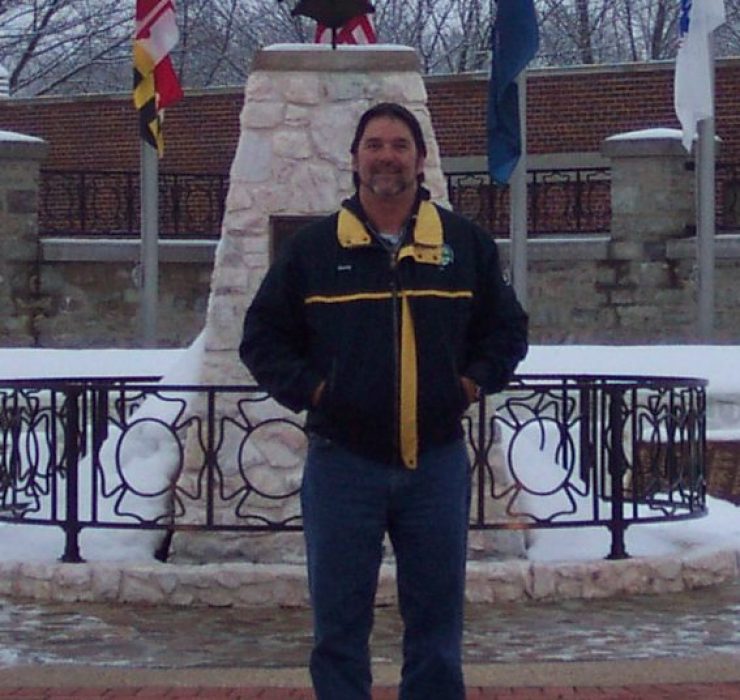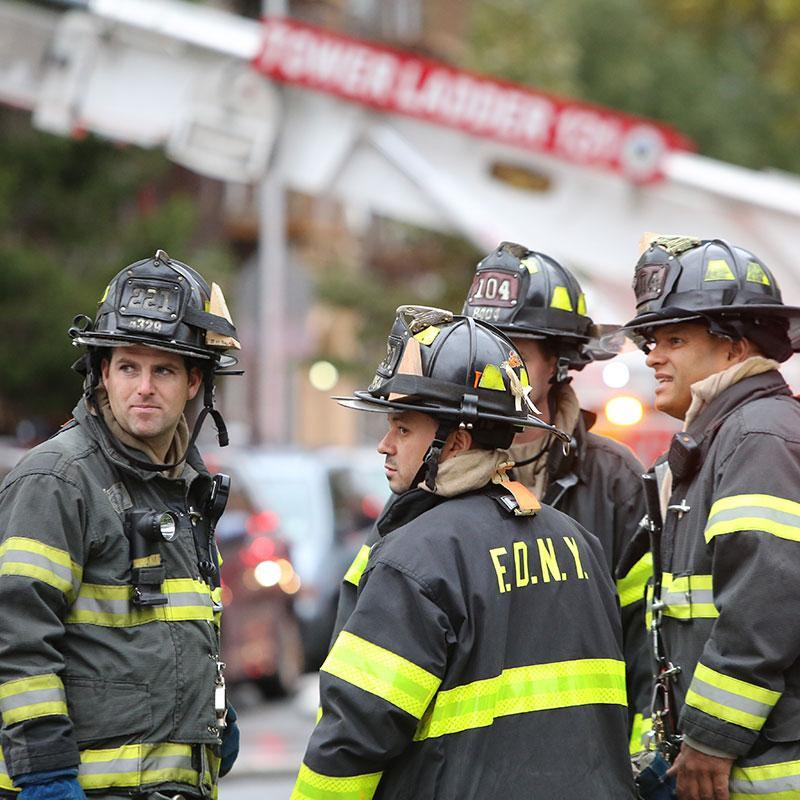
Safety Guidelines for First Responders & Disaster Workers’ is the most extensive baseline safety orientation that any responder will ever receive. It does not take the place of any disaster or emergency specific event but serves as the baseline from which to make informed decisions.
As a separate responder tool, we have created The Safety Reference Directory which is the most comprehensive collection of safety, fire-rescue, emergency Management, environmental and occupational health and safety references and resource data, etc, ever. It is our hope that this work will provide open ready access to comprehensive reference and resource data that will lead to reduced injuries, illnesses and death. Access to this data is currently provided as a subscription service and provides open access to thousands of data listings. (www.safetyreference.com).
Our ultimate goal is to provide expedited, readily available safety data, to allow users to make informed decisions regarding emergency, environmental and occupational health and safety issues. We are a small group that relies on contributions from subscriptions and sponsorship to the NSIE. Our hopes are to assure always, that we may provide expedited open access to this information. Please join us as an NSIE subscriber or sponsor and help us enhance and expand upon the vast database. This work will empower those responsible for safety of others.
These works are a crucial part of ensuring your own safety in an emergency or disaster event. Managing your role in self preservation will lead to your being a more effective responder to any given event.
This work is a crucial part of ensuring your own safety in an emergency or disaster event. Learning your role in self preservation will lead to your being a more effective responder to any given event.

Mission Statement
Safety Guidelines for First Responders and Disaster Workers is a massive baseline orientation that will foster your knowledge being involved in disaster response, recovery and mitigation. Planned/Organized Chaos is where we work. Mostly, on a local level, dealing with vehicle accidents, hazardous materials spills/exposures, etc. Then comes the big stuff. The COVID-19 World Pandemic, September 11th, The California quakes, fire storms of Oakland L.A.; San Diego, Hurricane Katrina, Andrew or even the ravaged tornadoes, that have and will continue to plague the Midwest and south. These and hundreds of other disasters are marked in history. Each one has a serious lesson to be learned. Our course shares some of the insight gained through such events.
Affordability
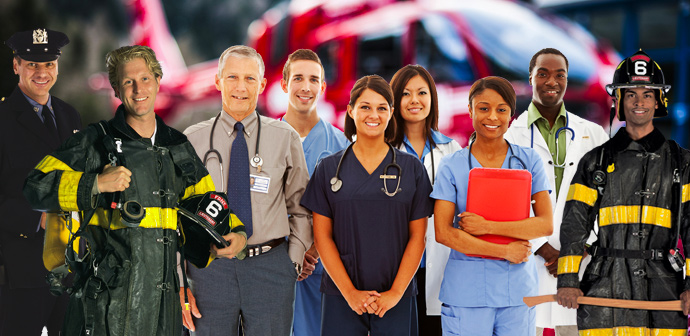
Target Audience
Fire Rescue – Emergency Medical Services Operations
Medical Service Operations (Hospitals, doctors, nurses, health providers and all supportive personnel)
Law Enforcement and Security
Emergency Management Operations
Communications Operations
Armed Services
Other Services and Individuals:
Transportation Operations (air, trains, transport, etc.)
Logistics (food, medical supplies, clothing, etc)
Small Business Operations (Groceries, hardware, restaurants, etc)
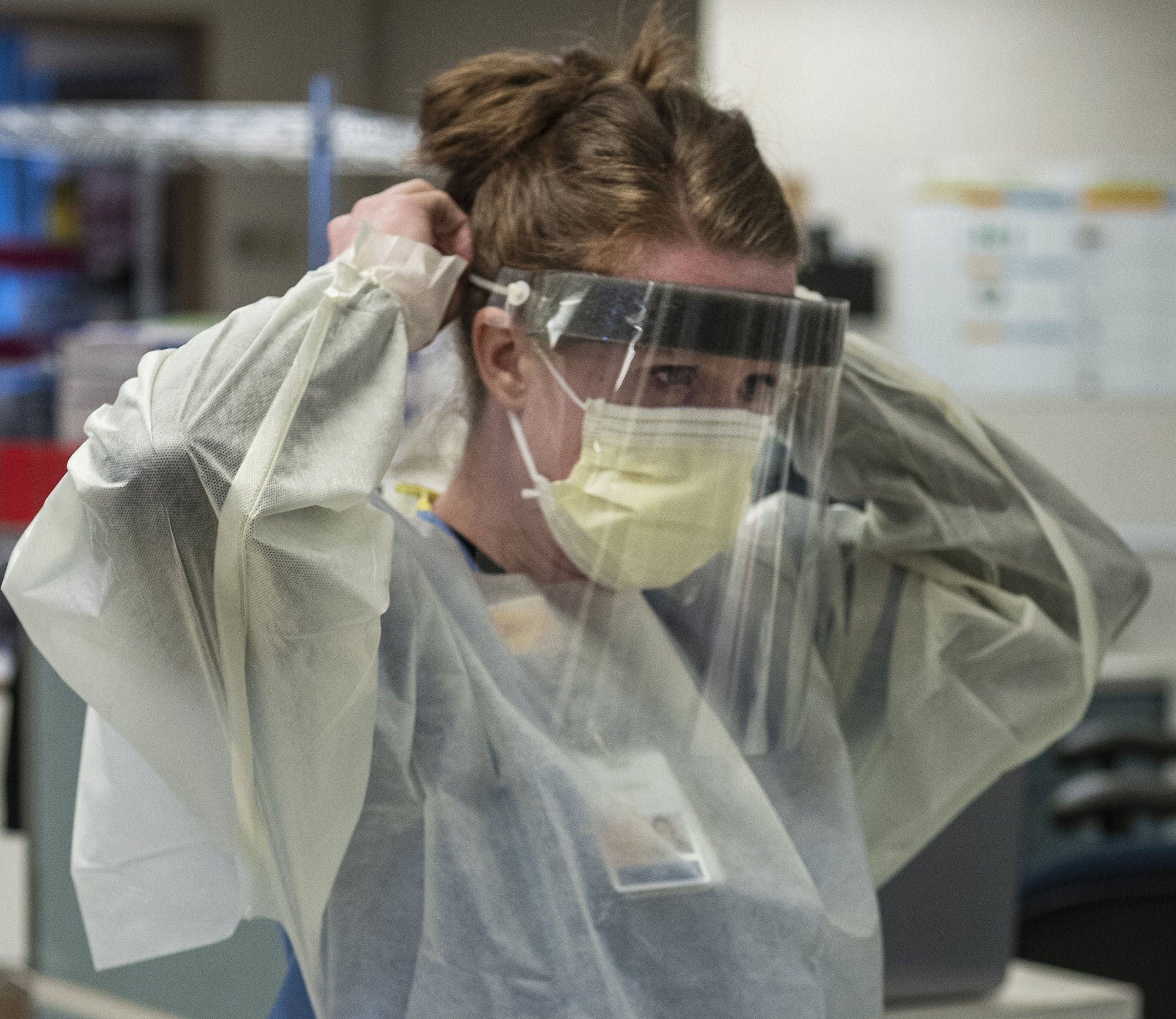
Awareness Competency

Video Lessons
We will share with you an variety of video and audio tools and lesson content that will assist you in completing your lessons and your final assessment for completion.
Course Certification
Upon satisfactory completion, you will receive a notarized course certification that will lend toward your being considered for more noted positions and authority.
advances have made online studies more reliable and effective. These are not just cookie cutter courses but keenly thought out studies with your life and safety in mind.
It’s really clear that the most precious resource we all have is time.
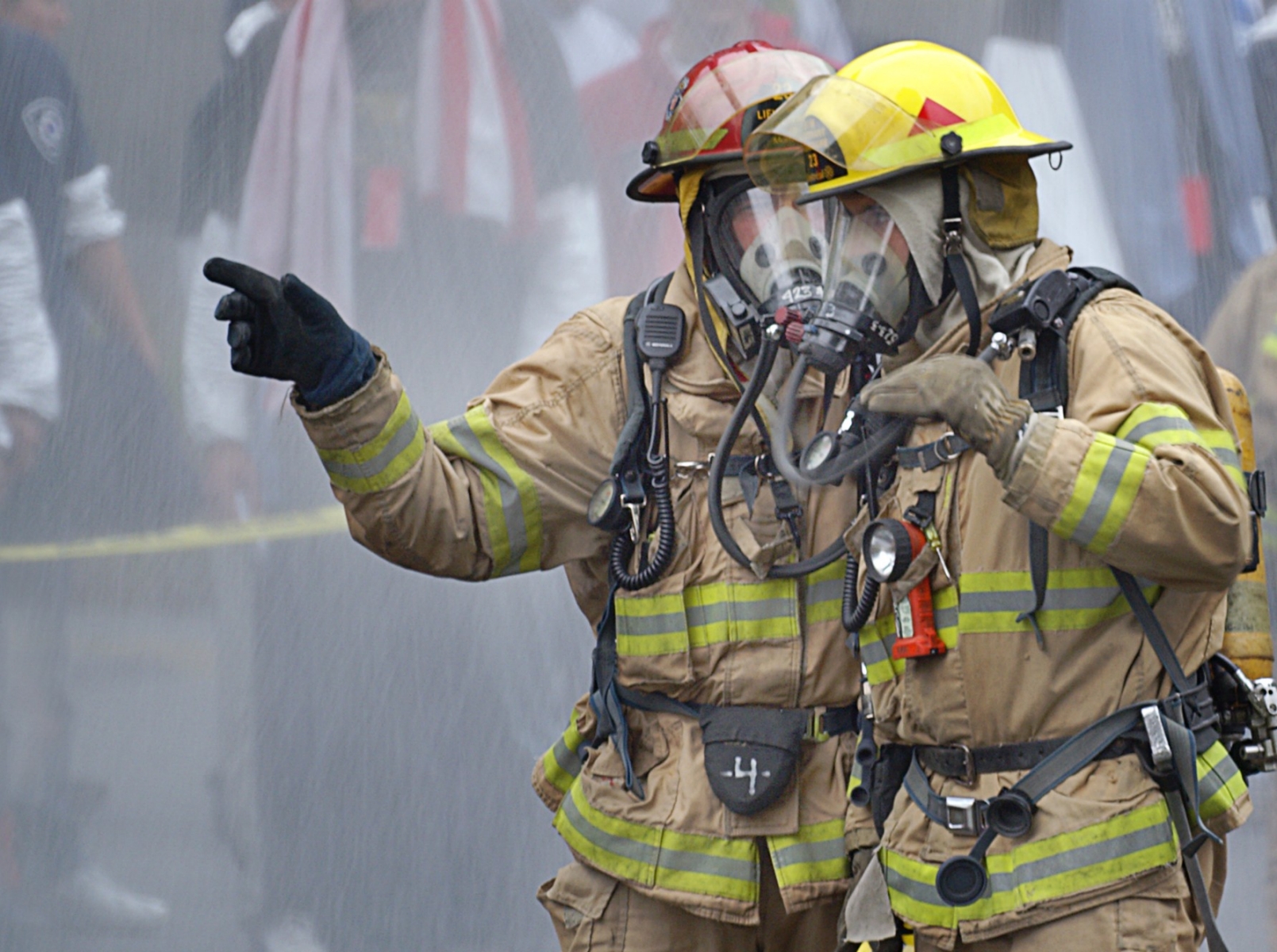
Our Professional Instructors
Our instructors and teaching staff are experienced professionals that have been through the trenches and have experienced the realities of disaster sites, needs and supervision of responders and disaster workers.
-
Everett Long
Safety Professor -
Ken Skelly
Safety Professor
